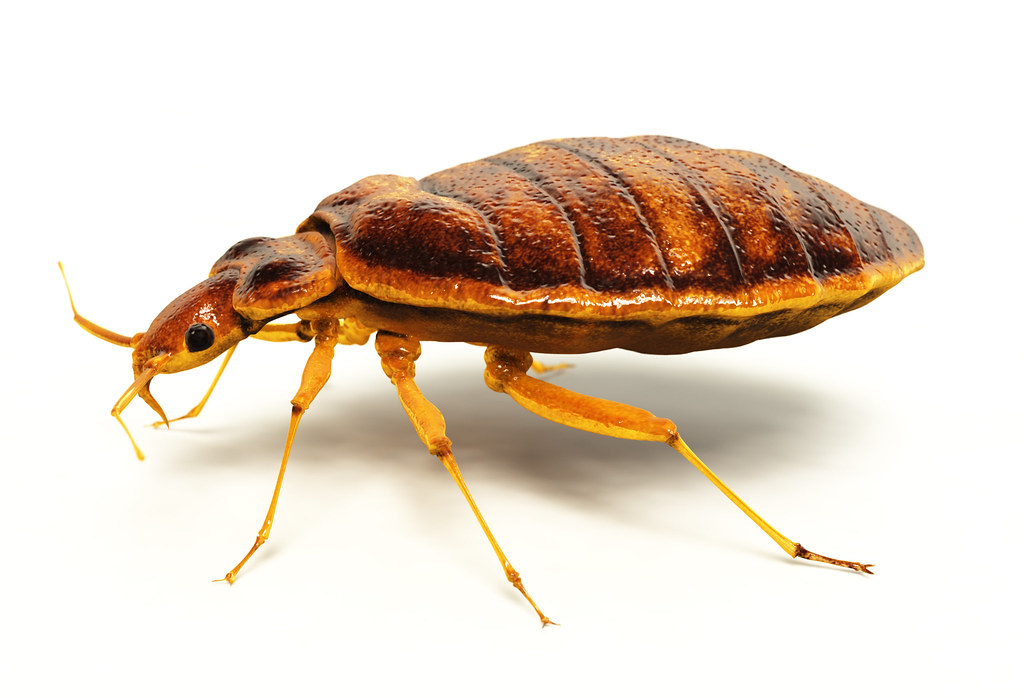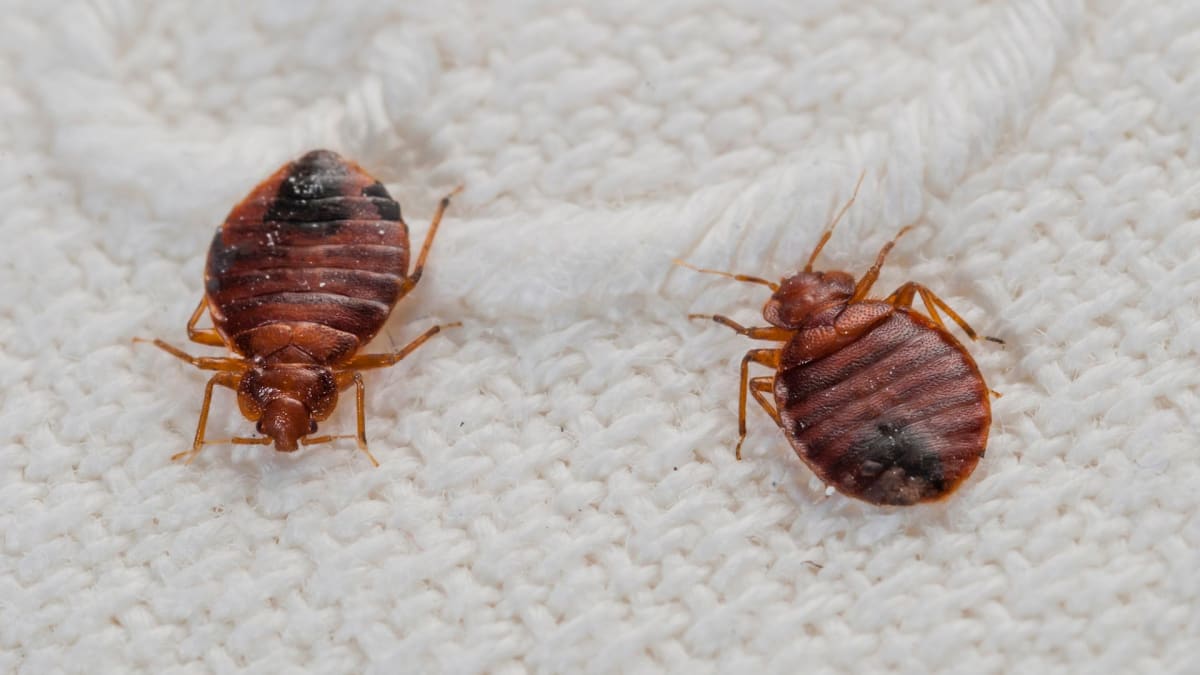Professional Bed Bug Exterminator Near Me: DC Exterminator Services
Exploring the Science Behind Bed Insect Warmth Treatments as a Sustainable Bug Management Method
In the world of pest administration, the pursuit for reliable and sustainable solutions stays a consistent search. One such method that has gotten grip recently is using warm treatments to deal with bed pest infestations. By utilizing the science behind thermal fatality factors for these relentless parasites, warmth treatments supply a promising alternative to conventional chemical-based techniques. The details of just how warmth effectively eliminates bed pests and the broader implications for lasting pest monitoring techniques make this a subject worth discovering better.
Bed Bug Warmth Therapy Process

Thermal Fatality Point for Bed Insects
Subjecting bed pests to raised temperature levels beyond their thermal resistance array is important for attaining effective removal in warmth treatment processes. By getting to and keeping temperature levels above the thermal death point for bed pests, pest administration experts can make certain comprehensive elimination of bed insect populaces, consisting of hard-to-reach areas where chemical treatments might be less efficient. Understanding the thermal fatality factor for bed pests is important for carrying out effective warm treatment strategies and achieving sustainable pest management outcomes.
Advantages of Warm Treatments
Having actually developed the important thermal fatality factor for bed insects, it is critical to now explore the substantial benefits that warm treatments provide in properly removing these durable bugs. When contrasted to standard chemical techniques, heat therapies present several vital advantages. One of the key benefits is that heat can pass through deep right into fractures and crevices where bed bugs conceal, making sure that even one of the most hard-to-reach areas are heated to deadly temperatures. This detailed technique not only eliminates live pests however additionally targets look at here bed insect eggs, avoiding future infestations.
Additionally, warmth treatments are ecologically pleasant and safe, making them a sustainable insect monitoring strategy. Unlike chemical pesticides, warm therapies do not leave harmful residues that can position dangers to human wellness or the environment. This aspect is especially vital in delicate environments such as health centers, schools, and household locations where chemical use may not be desirable.
Furthermore, warm therapies have a high success price in eliminating bed bug problems in a solitary treatment, minimizing the demand for multiple sees and minimizing interruption to owners. This efficiency not only conserves time and money yet also offers comfort to those dealing with bed pest troubles.
Efficiency of Warm Treatment

Research study research studies have actually constantly demonstrated the effectiveness of heat treatments in achieving a high rate of bed bug mortality. Effectively conducted warm therapies can get to all the cracks and gaps where bed pests may be harboring, making sure a thorough approach to extermination. Moreover, warm treatments have actually the added advantage of eliminating bed pest eggs, which are commonly resistant to conventional chemical treatments. Overall, the effectiveness of warm therapies in published here eradicating bed pest invasions makes them a sustainable and reliable pest management strategy.
Sustainable Pest Monitoring Advantages
Carrying out sustainable insect administration techniques provides long-lasting advantages for both the setting and public health. By using approaches such as warmth therapies for insect control, we can reduce the dependence on harmful chemical pesticides that can have unfavorable impacts on ecological communities and human health - DC exterminator. Lasting parasite monitoring strategies help in preserving biodiversity by targeting particular insects without hurting non-target organisms, thus preserving a balanced community
Moreover, lasting bug administration practices contribute to the overall health and health of the general public. By decreasing direct exposure to hazardous chemicals utilized in typical insect control techniques, heat treatments offer a much safer alternative for parasite monitoring in property, industrial, and public spaces. This decrease in chemical use also aids in protecting against pesticide residues from infecting air, water, and dirt, safeguarding environmental quality.
Final Thought
In conclusion, bed insect warmth treatments have actually been shown to be a efficient and sustainable pest administration technique. The thermal fatality point for bed bugs makes them vulnerable to warmth therapies, which have various advantages over standard chemical treatments. The effectiveness of heat therapies in eliminating bed bug invasions while decreasing environmental effect highlights the capacity of this technique as a sustainable option for bug control.
The bed pest heat treatment procedure involves increasing the temperature within infested areas to a level that effectively gets rid of bed insects and their eggs. By reaching and keeping temperatures above the thermal death point for bed insects, pest management professionals can make certain comprehensive removal of bed pest populaces, including hard-to-reach locations where why not find out more chemical therapies might be less effective. One of the key advantages is that heat can permeate deep into cracks and holes where bed insects hide, ensuring that also the most hard-to-reach areas are heated to dangerous temperatures. Unlike chemical therapies that might leave behind immune populaces, warm therapies offer a non-toxic and eco pleasant service that can penetrate deep right into furniture, wall surfaces, and other hard-to-reach locations where bed pests conceal.
The thermal death point for bed bugs makes them susceptible to warmth treatments, which have many advantages over conventional chemical treatments.